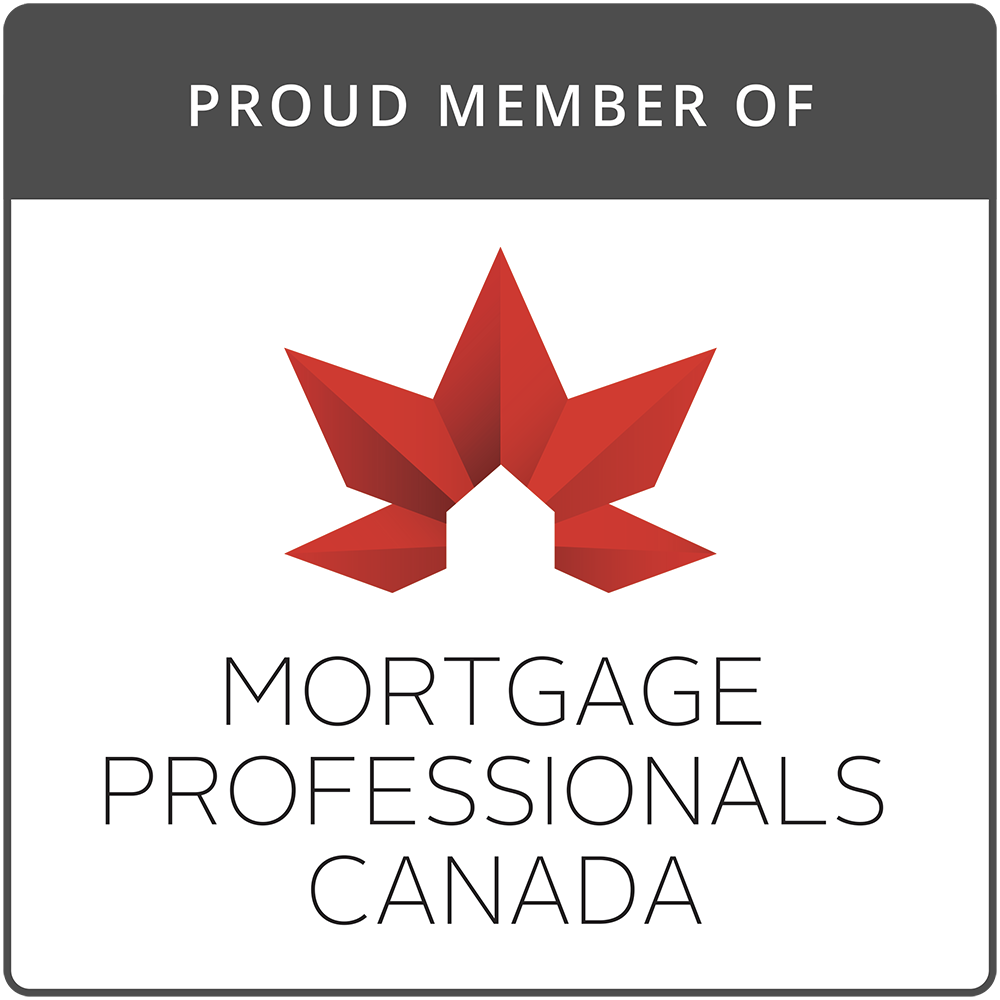Collateral Charge Mortgage Vs. a Standard Charge Mortgage
Mortgage lenders secure their mortgage loan to you by registering a lien on your house. A lien is a claim or a legal right against assets that are used to secure a debt. The lien provides the mortgage lender a right to take possession of and sell your home to recover the amounts owed to them if you were to default on your mortgage.
There are a couple different types of mortgage charges (i.e., liens) that are used in Canada, and as a borrower it can be helpful to understand the differences between the two. This blog post breaks down the definitions of each, the key differences, and the pros and cons of each type of mortgage charge.
Before comparing the two types of charges, let's define each term.

Standard Mortgage Charge
A type of mortgage where the mortgage lender has a claim against the property for the amount of the mortgage. The charge is registered as a lien on the property financed by the mortgage. This is the most common type of lien used by Canadian mortgage lenders.
When a mortgage borrower signs the legal documents for their mortgage they will be required to sign a mortgage agreement that outlines the terms and conditions of their mortgage. This agreement will also include a mortgage charge that will be registered with the land registry office in the Province where the property is located.
If the borrower fails to make the required payments, the lender can take legal action to enforce their rights under the mortgage charge and recover the amounts that are owed. Their legal remedies include a right to sell the property.
Collateral Mortgage Charge
A mortgage charge that is secured by a borrower’s property where the registration on title can be for an amount higher than the mortgage amount. The result is often a re-advanceable mortgage where the lender has a claim against the property for more than the amount of the original mortgage. This allows the borrower to access additional funds if they need to, without having to refinance their mortgage or pay additional fees.
A collateral mortgage charge provides the same legal rights as a standard mortgage charge for the lender to recover amounts owed if the borrower fails to make payments.
It is important to note that even though the mortgage charge may be for an amount greater than the amount being borrowed, you would need to re-apply and be approved to borrow any of the collateral charge amount greater than your current approved mortgage limit. For example, if you borrowed $400,000 under a collateral charge mortgage the size of the collateral charge may be $500,000. If you have a re-advanceable mortgage, you can only redraw funds up to the $400,000 limit. If you wanted to increase the approved amount up to the amount of the collateral charge you would need to apply for approval. The lender will only approve that if you meet the underwriting criteria for the larger mortgage balance.
Note also, that while the collateral mortgage charge is registered on the property title for an amount higher than the actual mortgage, the borrower only owes the lender the amount of the actual mortgage, not the amount of the charge on title.
Key Differences Between a Standard Mortgage Charge and a Collateral Mortgage Charge
The main differences between the two types of mortgage charge are:
with a collateral mortgage charge, the lender can lend additional funds to the borrower without the need to register a new charge on the property. This is because the charge is registered for a higher amount than the actual mortgage. With a standard mortgage charge, the lender would need to register a new charge on the property to lend additional funds;
with a standard mortgage charge, the borrower has the option to switch lenders at the end of their mortgage term without having to pay any legal fees or penalties. This is because the charge is registered for the amount of the mortgage only and can be transferred to another lender;
with a collateral mortgage charge, the borrower would need to pay legal fees to switch lenders because the collateral charge needs to be discharged and a new charge registered by the new lender.

It's important to note that not all types of mortgages can be done with a collateral mortgage charge. Collateral mortgage charges are typically used for home equity lines of credit (HELOCs) or other types of loans that allow the borrower to access additional funds over time. Standard mortgage charges, on the other hand, are the most common charge used for regular mortgages, including fixed-rate, variable-rate, and adjustable-rate mortgages.
Which lenders use Collateral Mortgage Charges?
There are very few lenders that use only collateral mortgage charges for all of their mortgages. The main one is TD Bank. Some lenders offer both standard and collateral charges, depending on the mortgage type. While others only offer standard charges.
If you are looking at a ‘flex’ plan at a bank you are likely looking at a collateral charge. These plans may allow for a combination of mortgage types or the inclusion of a credit card or line of credit that is secured by your home. They offer flexibility but you should note the collateral charge pros and cons.
Most mortgage borrowers do not have a strong preference and the type of charge is not commonly a key determinant in their final decision on which mortgage to take. However, if it does matter to you, make sure the shop around and seek the advice of a mortgage broker.
Pros and Cons of Standard vs Collateral Mortgage Charges
The main advantages of a collateral mortgage charge are that it can allow for the mortgage product to be re-advanceable and for you to borrow more money under the existing charge. If you apply to borrow additional funds secured by your home, the collateral charge can allow you to do so without the need to register a new charge for the incremental amount borrowed. However, the main disadvantage is that it can be more difficult and more expensive to switch lenders at the end of the mortgage term. To transfer to another lender, you would likely be required to pay to discharge the collateral mortgage charge and establish a new standard charge with the new lender. Another disadvantage may be that it may be harder to get other forms of financing from other lenders who may count the amount of the collateral charge on your home as the current financed amount.
The main advantage of a standard mortgage charge is that it offers flexibility for the borrower if they want to choose a different lender in the future. The standard mortgage charge can be transferred to another lender, allowing the borrower to switch lenders without having to pay legal fees. The main disadvantages are that there is no flexibility to borrow additional funds. If you need to borrow additional funds with a standard charge mortgage you would need to pay to register a new mortgage charge.
Final Word
To summarize, both standard mortgage charges and collateral mortgage charges have their pros and cons. The key differences between them are flexibility for borrowing additional funds and the flexibility they provide for switching lenders in the future. Collateral mortgage charges are typically used for HELOCs or other types of loans that allow the borrower to access additional funds over time, while standard mortgage charges are the most common mortgage charge for everyday mortgages. Before choosing a type of mortgage charge, it's important to consider your individual needs and preferences, and to consult with a mortgage professional for guidance.
About The Author

Don Scott
Don Scott is the founder of a challenger mortgage brokerage that is focused on improving access to mortgages. We can eliminate traditional biases and market restrictions through the use of technology to deliver a mortgage experience focused on the customer. Frankly, getting a mortgage doesn't have to be stressful.
Related Posts






